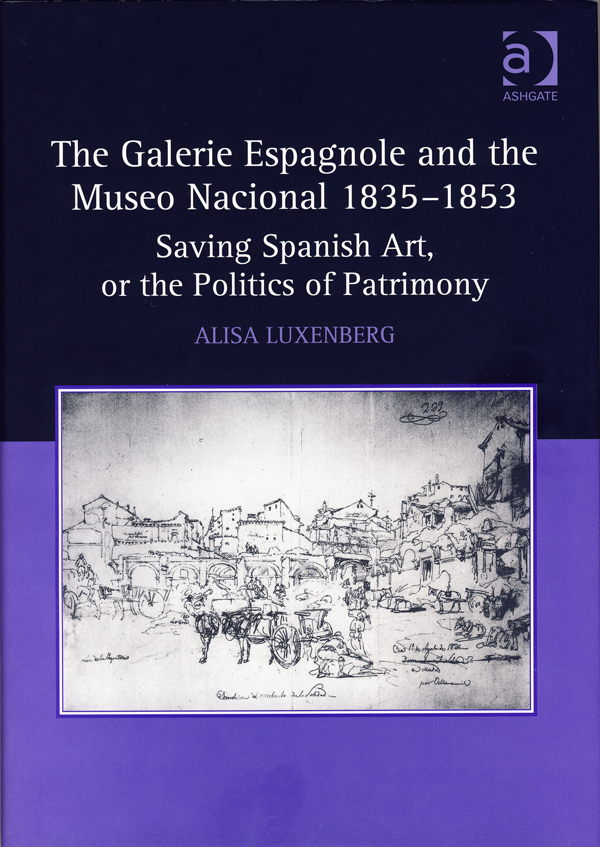Alisa Luxenberg, an associate professor of art history at UGA, presents an important and critical re-evaluation of the Galerie Espagnole, in her new book, The Galerie Espagnole and the Museo Nacional 1835–1853.
The book contains new interpretations of the special collection of Spanish (or purportedly Spanish) paintings formed under Louis-Philippe and exhibited in the Louvre from 1838–1848.
Luxenberg undertakes a new examination of the Parisian collection in relation to its lesser-known Spanish homologue, the Museo Nacional in Madrid, a collection of mostly old master Spanish paintings and sculptures that was formed at the very same time.
Revealing the political agendas behind each museum, and the different manners in which their goals were pursued, Luxenberg analyzes the critical and visual reception of the collections as well as their intersection with contemporary debates about aesthetics and patrimony, the role of the art museum, and national and international politics.
She challenges the existing understanding of the Galerie Espagnole as a reflection of a forward-looking French aesthetic and a catalyst to radical Realism of French painters Gustave Courbet and Edouard Manet.


